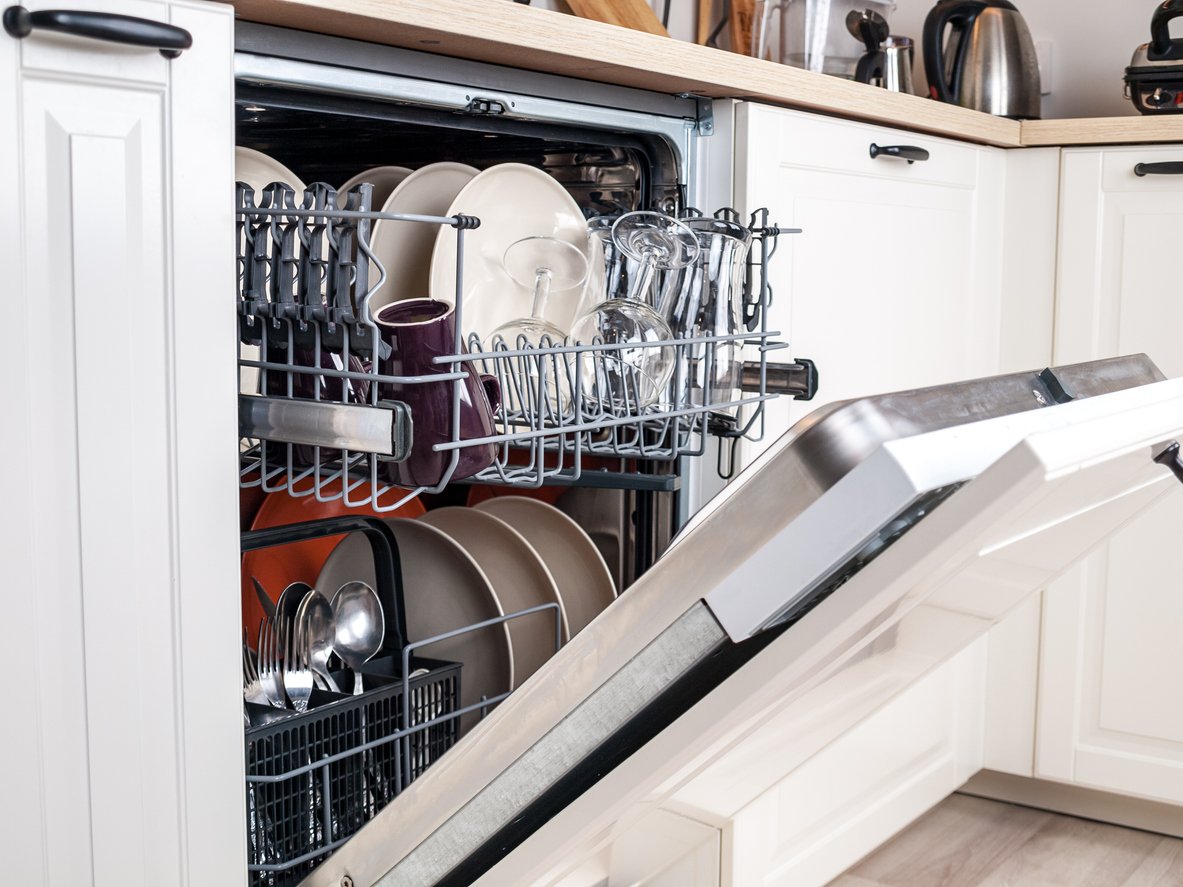Why Would My Dishwasher Not Drain?
Few things are as frustrating as opening your dishwasher after a cycle, only to find standing water at the bottom. While this can be a concerning sight, the good news is that most dishwasher drainage issues are easy to troubleshoot and fix. Here’s a guide to understanding why your dishwasher might not drain and what you can do about it.
Common Reasons Your Dishwasher Isn’t Draining
Clogged Drain Filter
Most dishwashers have a drain filter that catches food particles and debris to prevent clogs. Over time, this filter can become blocked, restricting water flow.How to Fix It: Remove and clean the filter with warm, soapy water. Check for any lodged debris and reassemble.
Blocked Drain Hose
The drain hose connects your dishwasher to your sink’s plumbing or garbage disposal. A kinked or clogged hose can stop water from draining properly.How to Fix It: Inspect the hose for kinks or blockages. Disconnect it (make sure to have a bucket handy for any trapped water), and flush it with water to clear any clogs.
Garbage Disposal Issues
If your dishwasher is connected to a garbage disposal, a clog or blockage in the disposal can prevent proper drainage.How to Fix It: Run the garbage disposal to clear any blockages. Ensure the knockout plug was removed when the disposal was installed, as it can block the dishwasher’s drainage.
Clogged Air Gap
The air gap, a small cylinder on your sink, prevents dirty water from backflowing into your dishwasher. If it’s clogged, water may remain in the appliance.How to Fix It: Remove the cap from the air gap and clear out any debris using a brush or a pipe cleaner.
Faulty Drain Pump
The drain pump forces water out of the dishwasher and into the drainage system. If it’s malfunctioning, water may not drain.How to Fix It: Check for any blockages in the pump. If the pump is damaged, it may need to be replaced. This typically requires professional assistance.
Clogged or Dirty Spray Arms
Although primarily responsible for spraying water, clogged spray arms can indirectly affect drainage by leaving behind food particles that clog the system.How to Fix It: Remove and clean the spray arms to ensure proper operation.
Problem with the Check Valve
The check valve prevents water from flowing back into the dishwasher. If it’s stuck or malfunctioning, it can disrupt drainage.How to Fix It: Inspect the valve for any blockages or damage and clean or replace it as needed.
Steps to Troubleshoot Your Dishwasher
Turn Off the Power
Before you start any troubleshooting, unplug the dishwasher or turn off the circuit breaker to avoid electrical hazards.Remove Standing Water
Use a cup or small container to bail out the water. Absorb the remaining water with towels to give you a clear workspace.Inspect for Visible Blockages
Check the drain filter, air gap, and drain hose for any obvious debris.Run a Test Cycle
After clearing any blockages, run a short cycle to see if the problem is resolved.
When to Call a Professional
If you’ve tried the above steps and your dishwasher still won’t drain, it may be time to call a professional for dishwasher repair. Complex issues, such as a faulty drain pump or electronic control problems, require specialized tools and expertise that an appliance repair specialist will have.
Preventing Future Drainage Issues
Clean the Drain Filter Regularly: Aim to clean it every couple of weeks to prevent buildup.
Scrape Plates Before Loading: While dishwashers are designed to handle food particles, large chunks can lead to clogs.
Run Hot Water Before Starting a Cycle: This helps prevent grease and soap buildup in the drain.
A dishwasher that doesn’t drain can be inconvenient, but with a little troubleshooting, you can often resolve the issue yourself. By identifying the root cause and taking steps to maintain your dishwasher, you can keep it running smoothly for years to come.

